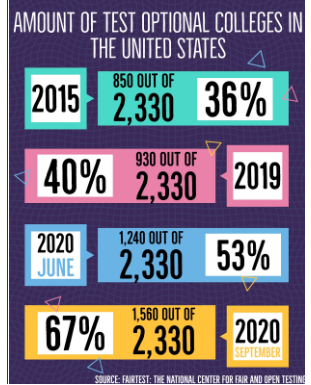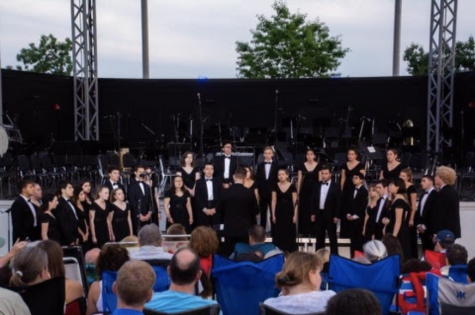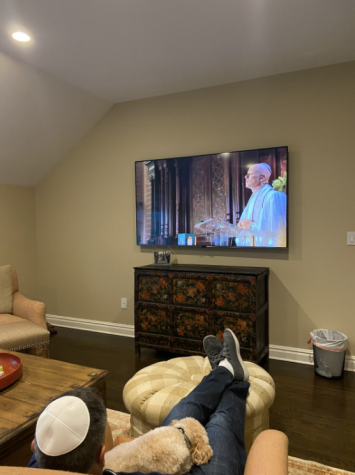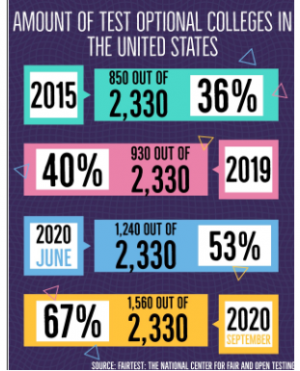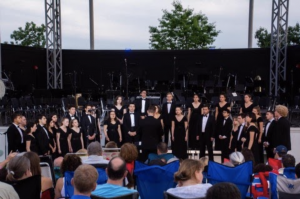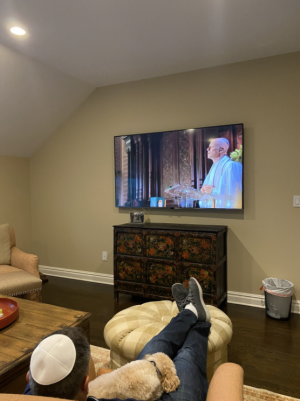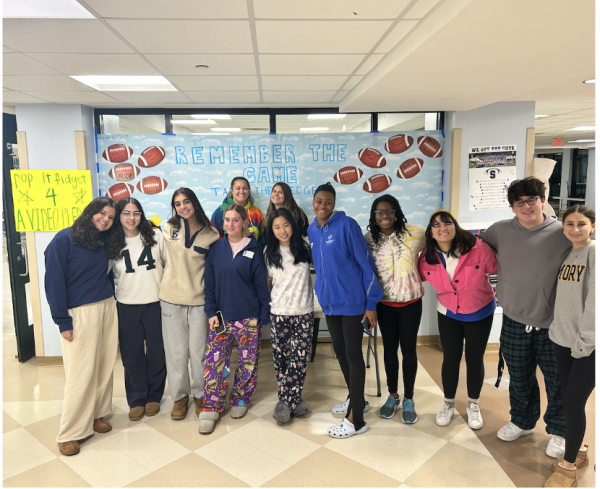Staples schedule aches with absence of mask breaks
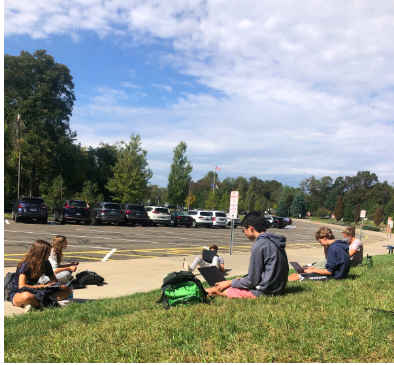
Students in a US History Honors class take advantage of good weather to learn while having a mask break outside.
I smell my own stale breath circulating inside the face mask I’ve worn all day. My ears feel like they’re being slowly pulled off my head as I desperately tug at the straps to give myself some form of relief. Wouldn’t it be nice if we could have a mask break?
Many teachers believe that mask breaks are important for both students and staff to get a break from any mask-related discomfort. However, the lack of structure the daily schedules provide for mask breaks means teachers must organize them themselves.
“When it comes to mask breaks, there’s no real practice that I’m following,” English teacher David Stockwell said. “It’s not for lack of information or an absence of information, but it’s one of those things that I think is still being worked on and I do hope that we’ll be getting a little more guidance when it comes to that.”
Stockwell acknowledged that the administration has been working hard to create a smooth transition into the large scheduling changes Staples has made this year. However, because they have not put in specific scheduling for mask breaks, teachers like Stockwell must create their own plans on whether or not to do them and what procedures to follow.
This puts pressure on teachers who are already trying to juggle teaching two different cohorts. Adding a mask break can be disruptive to a class period, distracting students from the lesson or assignment at hand. Teachers are trying to give mask breaks when they can, but it is simply impractical to shuffle a whole class into the courtyard every time class meets.
“There’s that element that when you’re in the middle of a project and say you’re doing independent work,” Eli Shorrock ’22 said, “then the teacher’s like ‘okay let’s go outside and take a mask break.’ It can be frustrating.”
Furthermore, there are no guidelines for the length of a mask break; 15 minutes eats up valuable class time, but five minutes is not long enough.
Stockwell mentioned that he has begun to give less official mask breaks and instead allows individual students to utilize the empty hallways for a quick mask break if needed. Other teachers, like art teacher Justin Shay, take advantage of curriculums like Shay’s Photography 1 class that allow him to educate outdoors.
“Getting some fresh air during the day is really important for everyone, students and staff and anyone who works in a building environment,” Shay said.
This is similar to Jacob Friedman ’22’s experience, who said he has mask breaks while taking half of gym class outside.
In considering the scheduling issue, Friedman believed a solution would be to have first floor classes such as gym and Spanish, which are closer to the exits, have mask breaks while higher-floored classes would not need to.
Shorrock came up with two other working solutions: one in which the educational departments would be cycled through and assigned to give a mask break on different days (taking away the confusion over whether or not a student has already had a mask break that day) and one in which each period has a mask break time slot assigned to different groups of students, categorized by last name.
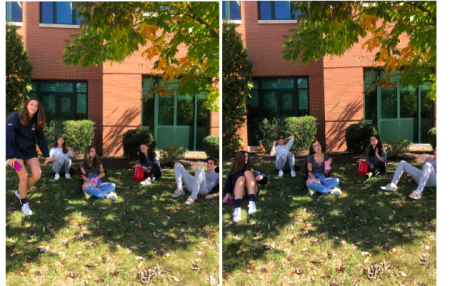
(Photo by Lilly Weisz ’23)
Both Friedman and Shorrock agree that only one, or at most two, mask breaks (excluding lunch) are needed in a day.
However, the current lack of consensus on how to conduct mask breaks leads to a host of issues for the Staples community, including that many students are not getting mask breaks.
“I don’t get really any mask breaks. I think it would be really nice if I did because the only mask break I get is at lunch,” Sophie Spheeris ’23 said.
Spheeris theorized that teachers do not prioritize mask breaks. This makes it easier for teachers to assign too much work and accidentally run out of time in the period, or even forget about giving a mask break to their students.
Another issue the lack of administrative guidance on mask breaks brings is uncertainty over what’s to come in the winter months. Some students and staff are comfortable with large indoor spaces such as the fieldhouse, auditorium, or cafeteria for indoor mask breaks. Others don’t believe this is so safe, instead advocating for mask breaks to continue outside despite the cold.
“I think you’re going to have to carry your coats with you to class,” literacy coach Rebecca Marsick said.
Despite the setbacks and issues, both teachers and students believe it is helpful and important to have mask breaks.
“[A comfortable physical environment is] such an important part of just being a comfortable human being,” Stockwell said, “and once we do that we can get on to the business of learning.”

Creative Director Lilly Weisz ’23 has no hesitation when it comes to helping out with anything Inklings related. When Weisz originally joined Inklings,...












































